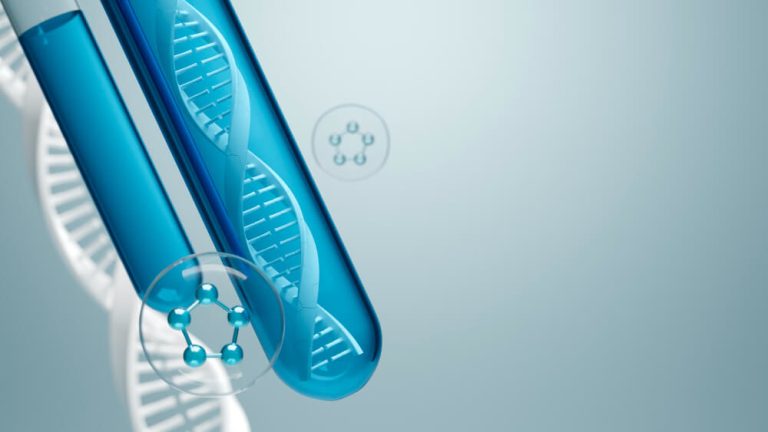Navigating Male Menopause: A Comprehensive Guide to Andropause and Thriving in Midlife
For many men, hitting their 40s and 50s brings a subtle yet persistent shift. The energy that once seemed boundless starts to wane, replaced by a lingering fatigue. Workouts feel harder, recovery takes longer, and a general sense of ‘losing a step’ can creep in. This isn’t just a matter of getting older; it’s a specific physiological process known as andropause, often called male menopause.
This transition, marked by a gradual decline in testosterone and other key hormones, is a real and impactful experience for millions of men. Unlike female menopause, which is typically a more rapid hormonal change, andropause unfolds over years, often leaving men to question if their symptoms are ‘all in their head’. They are not. Understanding this process is the first step toward reclaiming vitality, and for practitioners, specialized andropause training is essential to guide patients effectively.
Recognizing and addressing the signs of andropause is not a sign of weakness but a proactive step towards long-term health and well-being. It’s about optimizing your biology to continue living a strong, engaged, and fulfilling life. This guide will walk you through what andropause is, how to recognize it, and what you can do to manage its effects and thrive through midlife and beyond.
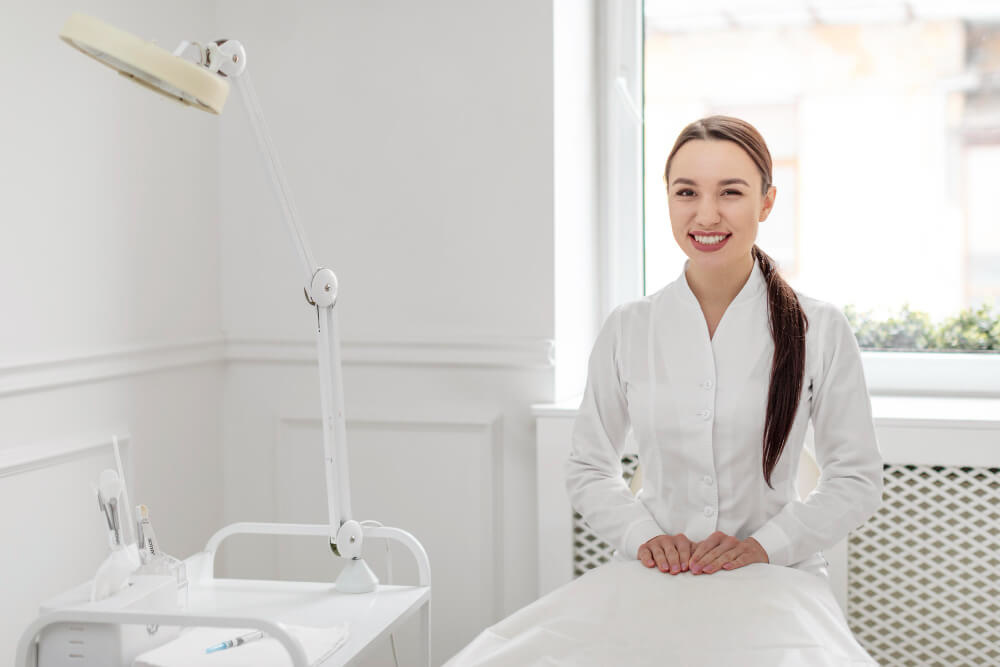
What Exactly Is Andropause?
Have you ever heard the term ‘male menopause’? That’s the most common way to describe andropause. It refers to an age-related decline in male hormones, most notably testosterone. This condition is also known medically as late-onset hypogonadism. It’s a natural part of the aging process for many men, though the timing and severity of symptoms can vary widely from person to person.
The core of andropause is the slow but steady decrease in testosterone production. After peaking in early adulthood, testosterone levels in men typically decline by about one percent per year after age 30. While this sounds small, over decades, this gradual reduction can lead to levels low enough to cause significant physical, emotional, and cognitive symptoms.
It’s crucial to understand that andropause is not a direct parallel to female menopause. Menopause involves a relatively sudden and complete shutdown of ovarian hormone production. Andropause, on the other hand, is a much more gradual slope, not a cliff. Men do not lose their ability to reproduce, but the hormonal changes can profoundly affect their quality of life.
Testosterone is more than just a sex hormone. It plays a vital role in maintaining muscle mass and strength, bone density, red blood cell production, fat distribution, energy levels, and even mood and cognitive function. When its levels dip too low, the effects are felt system-wide, impacting nearly every aspect of a man’s health.

How Can You Recognize the Signs of Andropause?
The symptoms of andropause can be subtle at first and are often dismissed as simple signs of aging or stress. However, as testosterone levels continue to fall, these signs can become more pronounced and disruptive. Recognizing them is the first critical step toward seeking a proper diagnosis and finding effective solutions. The symptoms generally fall into three main categories: physical, emotional, and sexual.
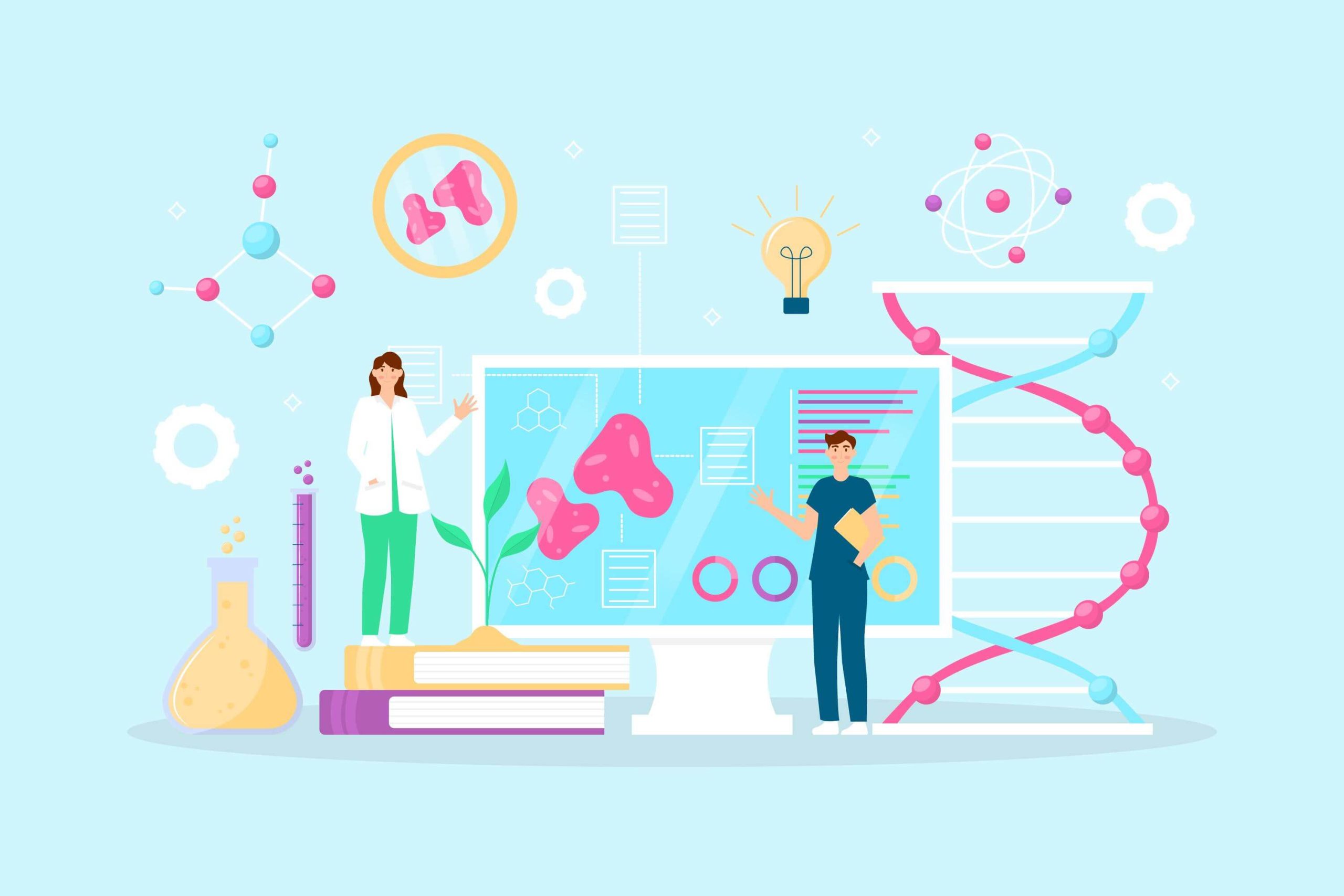
Are There Physical Symptoms to Watch For?
Physical changes are often the most noticeable signs of declining testosterone. You might find that your body just doesn’t respond the way it used to. A common complaint is a persistent feeling of fatigue or a significant drop in overall energy levels, making it difficult to get through the day or stay motivated for activities you once enjoyed.
Another key physical sign is a change in body composition. Men may notice an increase in body fat, particularly visceral fat which accumulates around the abdomen. At the same time, they may experience a decrease in lean muscle mass and strength, even if they are still exercising regularly. This combination can make it challenging to maintain a healthy weight and physique.
Other physical symptoms can include reduced bone density, which increases the risk of osteoporosis and fractures later in life. Some men may also experience hair loss on the body and face, or in some cases, symptoms like hot flashes, night sweats, and gynecomastia, which is the development of breast tissue.

What About Emotional and Cognitive Changes?
The impact of andropause extends beyond the physical body into your mental and emotional state. Hormonal shifts can have a powerful effect on brain chemistry, leading to changes in mood and cognitive function. Many men report feeling more irritable, sad, or experiencing mood swings without a clear cause.
A pervasive lack of motivation or a loss of enthusiasm for life, work, and hobbies is another hallmark symptom. This can sometimes be misdiagnosed as depression, and while the two can coexist, low testosterone is often an underlying factor. This is why a thorough evaluation is so important.
Cognitive issues, often described as ‘brain fog’, are also common. This can manifest as difficulty concentrating, memory lapses, or a general feeling of mental slowness. These cognitive struggles can affect performance at work and confidence in daily life, adding another layer of stress to the experience.
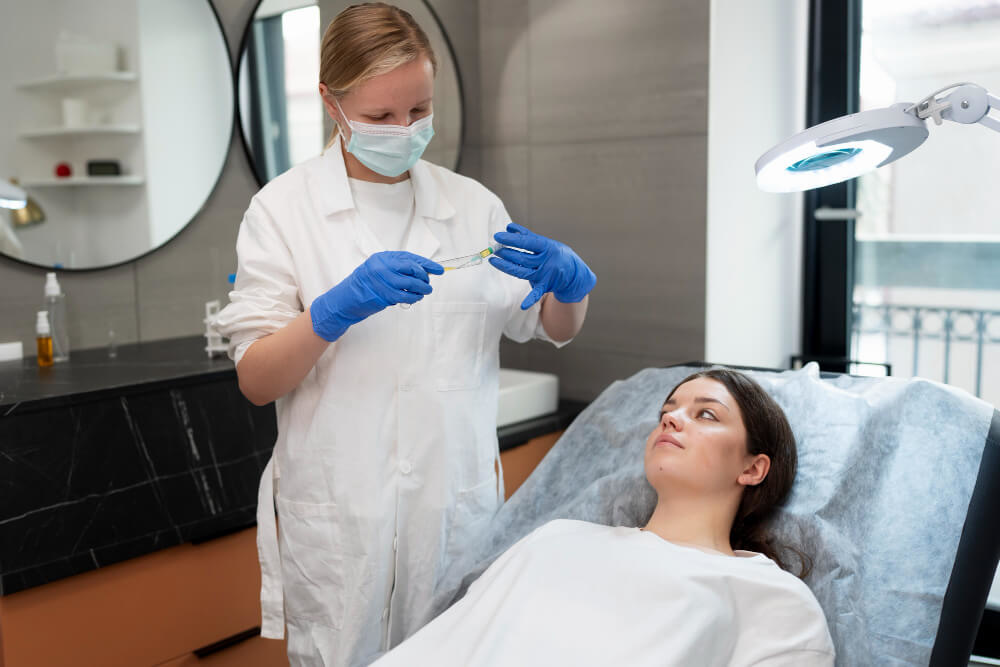
Can Andropause Affect Your Sexual Health?
Changes in sexual function are among the most well-known symptoms associated with low testosterone and andropause. A decline in libido, or sex drive, is one of the most frequently reported issues. Men may simply find they think about sex less often or have a reduced desire for intimacy.
Beyond desire, physical performance can also be affected. Erectile dysfunction, which is the inability to achieve or maintain an erection firm enough for sex, can become more common. While many factors can contribute to ED, low testosterone is a significant one. A reduction in the frequency of spontaneous erections, such as those that occur during sleep, is another telltale sign.

Why Does Testosterone Decline with Age?
The decline of testosterone is a multifactorial process, with natural aging being the primary driver. The testicles, which are responsible for the majority of testosterone production, simply become less efficient over time. This is a normal, albeit sometimes frustrating, part of the male aging journey.
Furthermore, the intricate communication system that regulates hormone production can also become less effective. The hypothalamus in the brain releases gonadotropin-releasing hormone (GnRH), which signals the pituitary gland to release luteinizing hormone (LH). LH then travels through the bloodstream to the testicles, telling them to produce testosterone. As men age, this signaling process can weaken, leading to lower overall production.
However, aging isn’t the only culprit. Various lifestyle factors and health conditions can accelerate this decline or contribute to lower testosterone levels at any age. Chronic stress is a major contributor, as the stress hormone cortisol can suppress testosterone production. Poor sleep is another significant factor, as the body produces a large portion of its daily testosterone during deep sleep.
Diet and physical activity also play a huge role. Obesity is strongly linked to lower testosterone levels because fat cells contain an enzyme called aromatase, which converts testosterone into estrogen. A sedentary lifestyle and a diet high in processed foods can exacerbate this issue. Conversely, certain chronic illnesses can also impact hormone levels, making it a complex interplay of genetics, lifestyle, and overall health. Some experts suggest that what is often called ‘male menopause’ is a collection of symptoms stemming from these various factors, not just a decline in testosterone, which you can read more about on sites like Healthline.
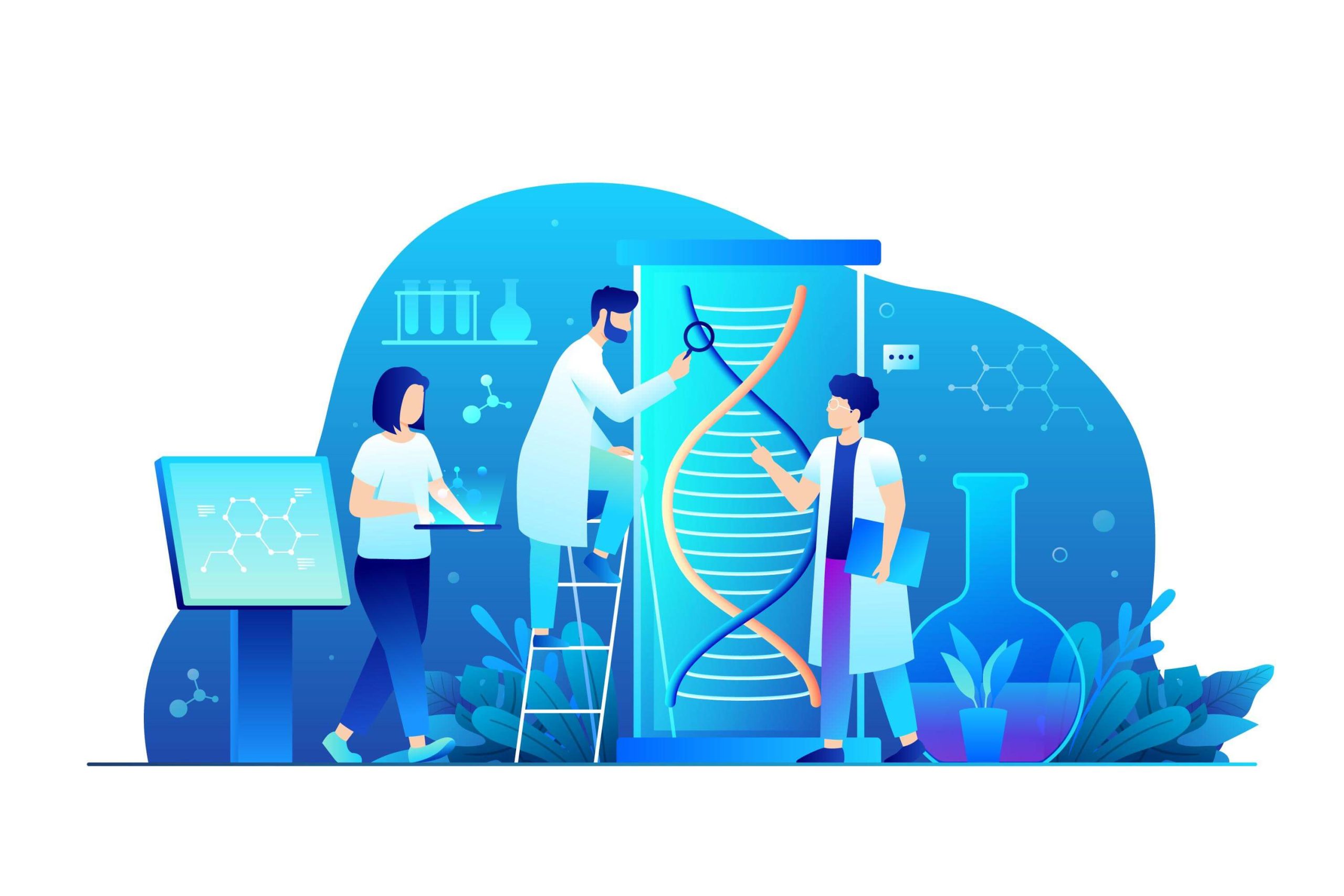
How Is Andropause Diagnosed by a Healthcare Professional?
Getting a proper diagnosis for andropause is a critical process that goes far beyond simply feeling tired or moody. Self-diagnosing is not recommended because the symptoms overlap with many other health conditions. A thorough evaluation by a qualified healthcare professional is essential to get an accurate picture of what’s happening in your body.
The diagnostic process typically begins with a detailed discussion of your symptoms, medical history, and lifestyle. Your doctor will want to know exactly what you’re experiencing, when it started, and how it’s impacting your quality of life. This conversation helps rule out other potential causes for your symptoms, such as thyroid problems, depression, or sleep apnea.
Following the initial consultation, the cornerstone of diagnosis is a blood test to measure your hormone levels. Doctors will typically order a test for total testosterone. Because testosterone levels fluctuate throughout the day, peaking in the morning, the blood draw is almost always scheduled for the early morning hours, usually between 7 a.m. and 10 a.m., to get the most accurate reading.
However, a single testosterone reading isn’t always enough. Many doctors will also test for ‘free’ testosterone, which is the portion of testosterone that is unbound and readily available for your body’s tissues to use. Sometimes a man can have a normal total testosterone level but low free testosterone, which can still cause symptoms of low testosterone or male hypogonadism. Other related hormones like LH and FSH may also be measured to determine if the problem originates in the testicles or from the pituitary gland.
It’s important to work with a practitioner who understands the nuances of hormone health. This may be a urologist, an endocrinologist, or a functional medicine doctor with specific expertise. For those in the medical field, understanding the complexities of diagnosis and treatment is key, and many wonder how to become a hormone specialist to better serve this growing patient population. According to leading organizations, diagnosing low testosterone requires both the presence of symptoms and a confirmed low blood testosterone level.
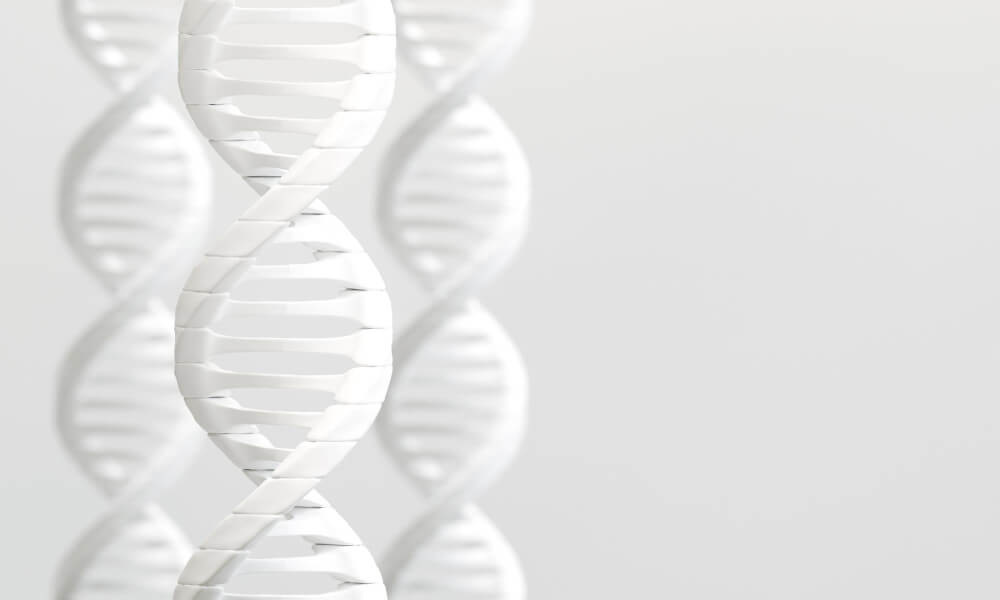
What Are the Long-Term Health Risks of Untreated Low Testosterone?
Ignoring the symptoms of andropause is more than just a compromise on your quality of life; it can have serious long-term consequences for your overall health. Persistently low testosterone levels have been linked to a range of chronic health conditions, making it crucial to address the issue proactively.
One of the most significant risks is the loss of bone mineral density, leading to osteoporosis. Testosterone plays a key role in helping to maintain strong, healthy bones. When levels are low for an extended period, bones can become brittle and more susceptible to fractures, particularly in the hip and spine.
Cardiovascular health can also be compromised. While the relationship is complex, low testosterone is associated with several risk factors for heart disease, including increased body fat, reduced muscle mass, and insulin resistance. Some studies suggest that men with low testosterone may have a higher risk of developing cardiovascular problems over time. Addressing hormonal balance is a key part of a comprehensive approach to men’s health, as outlined by institutions like the Mayo Clinic in their discussions of male aging.
Furthermore, there is a strong and well-documented connection between low testosterone and metabolic diseases. Low T can contribute to the development of metabolic syndrome, a cluster of conditions that includes high blood pressure, high blood sugar, excess body fat around the waist, and abnormal cholesterol levels. This significantly increases the risk of developing type 2 diabetes. In fact, the link between low testosterone, metabolic syndrome, and diabetes is a critical area of research, highlighting how hormone optimization is integral to metabolic health.

What Lifestyle Changes Can Help Manage Andropause Symptoms?
Before considering medical interventions, there is a tremendous amount you can do to naturally support your hormone levels and mitigate the symptoms of andropause through targeted lifestyle modifications. These foundational strategies can have a profound impact on your energy, body composition, and overall well-being. For many men, a dedicated focus on diet, exercise, and stress management is enough to bring significant relief.

Can Diet Make a Difference?
Absolutely. The food you eat provides the building blocks for hormones, including testosterone. A diet rich in nutrient-dense whole foods is paramount. Focus on a balanced intake of healthy fats, lean proteins, and complex carbohydrates. Healthy fats from sources like avocados, nuts, seeds, and olive oil are particularly important, as cholesterol is a precursor to testosterone production.
Ensure you are getting adequate lean protein to support muscle maintenance and repair. Foods like chicken, fish, eggs, and legumes are excellent choices. It’s also vital to consume plenty of fruits and vegetables, which provide essential vitamins, minerals, and antioxidants that combat inflammation and support overall health. Key micronutrients for testosterone production include zinc, found in oysters and red meat; magnesium, found in leafy greens and nuts; and Vitamin D, which is best obtained through sensible sun exposure or supplementation.
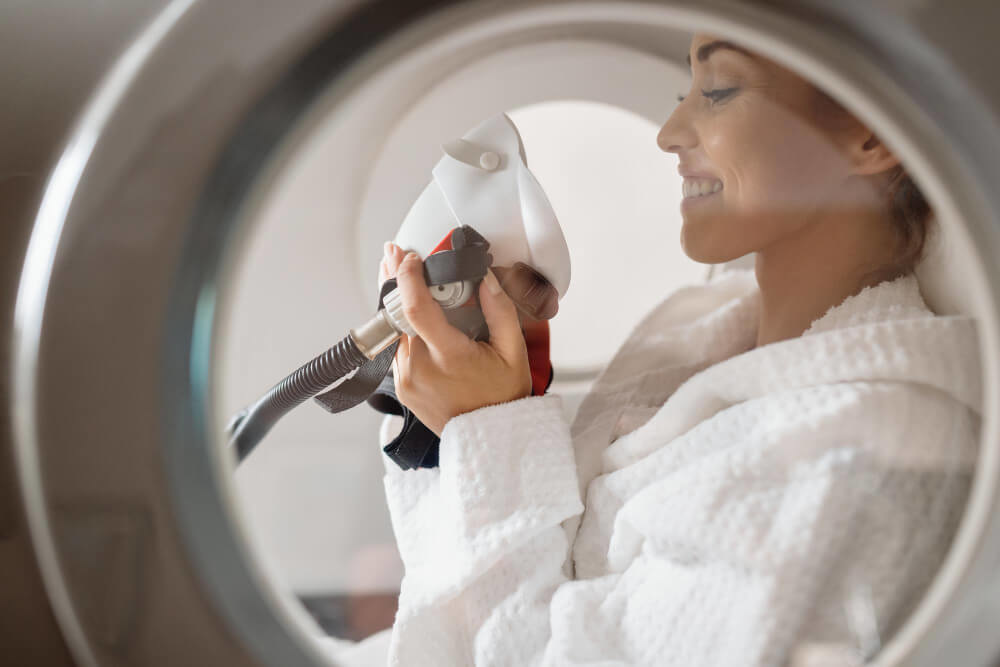
How Does Exercise Impact Hormone Levels?
Exercise is one of the most powerful natural testosterone boosters available. However, not all exercise is created equal in this regard. While all movement is beneficial, resistance training, or weightlifting, is particularly effective. Lifting heavy weights sends a powerful signal to your body to build muscle and, in turn, produce more testosterone. Focus on compound movements like squats, deadlifts, bench presses, and overhead presses for the biggest impact.
High-Intensity Interval Training (HIIT) is another excellent strategy. HIIT involves short bursts of all-out effort followed by brief recovery periods. This type of training has been shown to stimulate hormone production and improve body composition by burning fat and preserving muscle. The key is consistency; aim for a combination of strength training and HIIT several times per week, while also allowing for adequate rest and recovery.

Are Stress and Sleep Really That Important?
Yes, they are non-negotiable pillars of hormone health. Chronic stress is a testosterone killer. When you are constantly stressed, your body produces high levels of cortisol. Cortisol and testosterone have an inverse relationship; when one is high, the other tends to be low. Implementing stress management techniques like meditation, deep breathing exercises, mindfulness, or spending time in nature can help lower cortisol and create a more favorable hormonal environment.
Sleep is when your body does most of its hormonal repair and production work. The majority of your daily testosterone is released during the deep stages of sleep. Consistently getting less than seven hours of sleep per night can significantly lower your testosterone levels. Prioritize sleep hygiene by creating a dark, cool, and quiet bedroom; avoiding screens before bed; and maintaining a consistent sleep schedule, even on weekends.
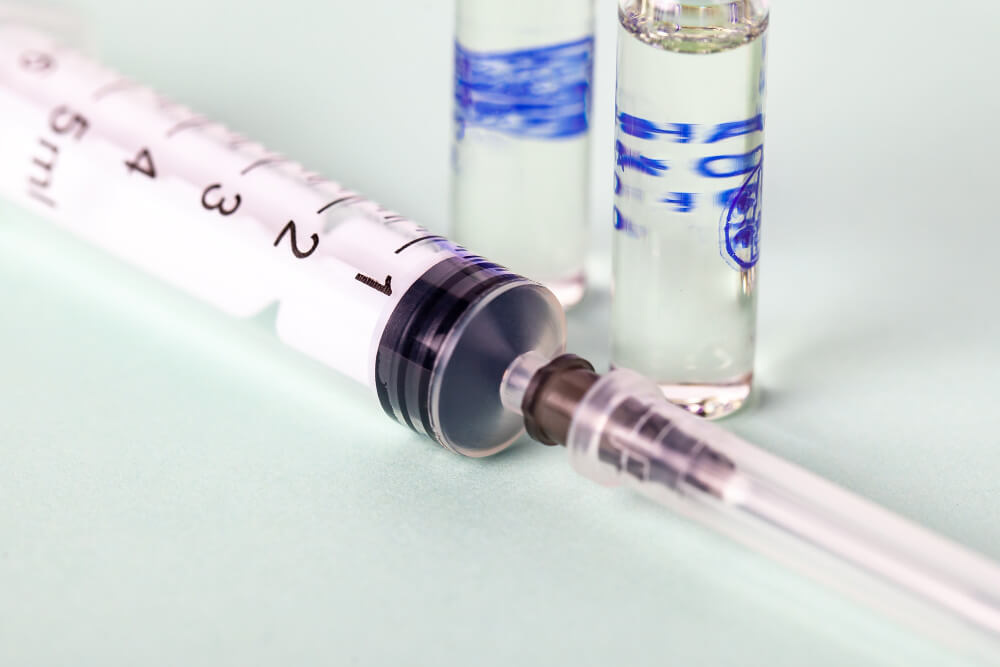
When Should You Consider Medical Treatments for Andropause?
For some men, lifestyle interventions alone may not be enough to resolve the symptoms of clinically low testosterone. When symptoms are severe and blood tests confirm a significant deficiency, medical treatment under the guidance of a qualified physician may be the most effective path forward. The primary medical treatment for andropause is Testosterone Replacement Therapy (TRT).
TRT is designed to restore testosterone levels to a healthy, youthful range, thereby alleviating the associated symptoms. It can be a life-changing therapy for the right candidate, leading to improvements in energy, mood, muscle mass, bone density, and sexual function. It is not a ‘fountain of youth’ but a medical treatment for a diagnosed deficiency.
There are several different methods for administering TRT, and the best choice depends on the individual’s lifestyle, preference, and doctor’s recommendation. Common forms include topical gels applied daily to the skin, intramuscular injections administered every one to two weeks, long-acting pellets inserted under the skin every few months, and patches worn on the body.
It is critical to understand that TRT is not without risks and is not suitable for everyone. It requires ongoing monitoring by a healthcare professional to ensure testosterone levels remain within a safe range and to watch for potential side effects. There are important contraindications for testosterone replacement therapy, including a history of prostate or breast cancer, severe sleep apnea, or certain cardiovascular conditions. A thorough discussion of the potential benefits and risks with your doctor is essential before beginning treatment.
Andropause doesn’t have to mean a decline in your quality of life. It is a manageable transition that, when understood and addressed, can be a catalyst for renewed focus on your health. By recognizing the signs, seeking a proper diagnosis, and implementing a combination of strategic lifestyle changes and, if necessary, medical support, you can navigate this phase with strength and vitality. Taking control of your hormonal health is one of the most powerful investments you can make in your long-term well-being.
Frequently Asked Questions

If I start testosterone replacement therapy (TRT), will my erectile dysfunction be completely cured?
While correcting low testosterone is a critical first step, TRT is not always a complete cure for erectile dysfunction on its own. For many men, restoring testosterone to a normal range significantly boosts libido and improves the quality of erections by addressing the foundational hormonal imbalance. The effectiveness of TRT alone often depends on whether low testosterone was the primary cause of your ED.
If ED persists after your testosterone levels have been optimized, it indicates that other factors are likely at play, such as impaired blood flow, nerve issues, or psychological components. In these situations, TRT helps create a more favorable environment for sexual function, but additional treatments like PDE5 inhibitors (e.g., Viagra, Cialis) may be needed. Your doctor will evaluate your progress on TRT before recommending a combined therapeutic approach.

Can I safely take ED medications like sildenafil (Viagra) while on testosterone therapy?
Yes, combining testosterone therapy with PDE5 inhibitors like sildenafil is a common, safe, and often highly effective treatment strategy for hypogonadal men with ED. These two therapies work in complementary ways; TRT addresses the low sex drive and hormonal signaling associated with hypogonadism, while PDE5 inhibitors directly target the physical mechanism of an erection. They work by increasing blood flow to the penis, making it easier to achieve and sustain an erection upon arousal.
This dual approach is frequently recommended because testosterone can enhance the effectiveness of the PDE5 inhibitor. By improving libido, testosterone ensures the "desire" component is present, allowing the ED medication to work more reliably. It is essential to use this combination under the guidance of a healthcare professional who can confirm it is safe for your overall health and prescribe the appropriate dosages.
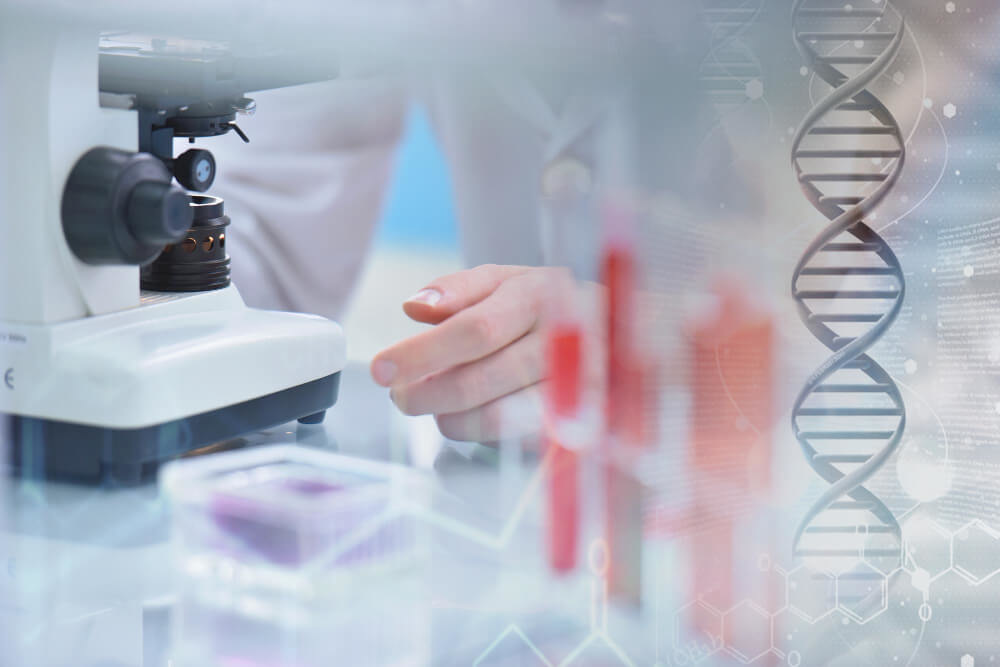
How long does it typically take to see improvements in ED after starting treatment for hypogonadism?
The timeline for seeing improvements in erectile function after beginning treatment for hypogonadism varies from person to person. Many men report an increase in libido (sex drive) and the frequency of morning erections within the first three to four weeks of starting testosterone therapy. However, noticeable and consistent improvements in the ability to achieve erections firm enough for intercourse can take longer, typically between three to six months.
Patience and consistency with your treatment plan are key, as it takes time for your body to adjust to normalized hormone levels. Your physician will monitor your progress and hormone levels to ensure the treatment is working effectively. If ED does not improve significantly after six months of optimized testosterone levels, your doctor will likely investigate other contributing causes and discuss further treatment options.
For healthcare professionals, medics, and clinic owners ready to lead in this vital area of men’s health, the next step is clear. Discover the most comprehensive functional medicine training, longevity training, and biohacking certification programs designed specifically for you to master regenerative medicine protocols and anti-aging therapies. Elevate your practice with Talking Longevity.




